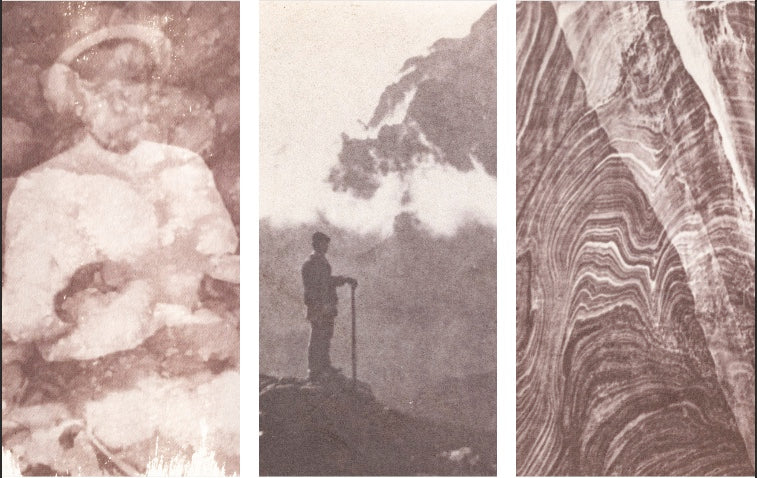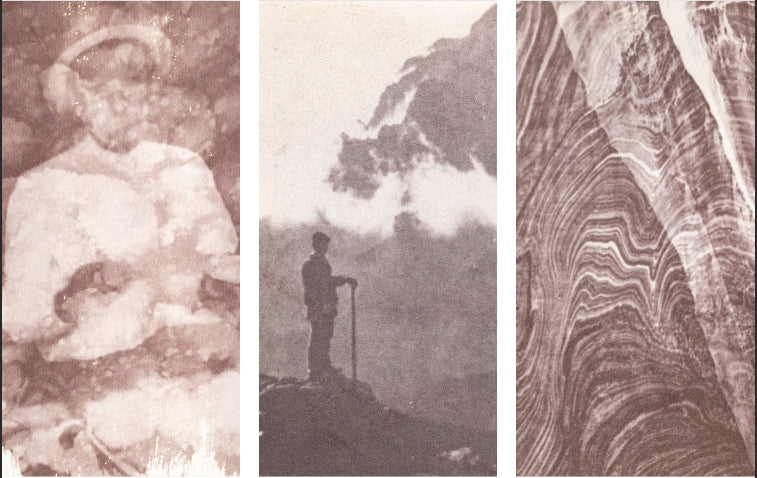tinygallery.photo
Salt Paper Print - een daagse gevorderden workshop
Salt Paper Print - een daagse gevorderden workshop
Kan beschikbaarheid voor afhalen niet laden
Het salted paper-proces is een van de vroegste fotografische processen, daterend uit het midden van de 19e eeuw. Het werd uitgevonden door de Britse wetenschapper en uitvinder William Henry Fox Talbot in 1834. Dit proces baande de weg voor de ontwikkeling van moderne fotografie.
Papier wordt gecoat met een oplossing van keukenzout (natriumchloride) en zilvernitraat om het lichtgevoelig te maken. Dit gecoate papier staat bekend als "gezouten papier."
Het resulterende beeld is een bruinzwarte of sepia-getinte afdruk, kenmerkend voor gezouten papierafdrukken uit dit tijdperk. Het proces staat bekend om zijn zachte, subtiele tonale kwaliteiten en werd gebruikt om veel van de vroege fotografische beelden te creëren.
Het zoutpapierproces was arbeidsintensief en vereiste veel vaardigheid en expertise. Het werd uiteindelijk vervangen door gemakkelijkere en reproduceerbare fotografische processen, zoals albumineprints en gelatinezilverprints, toen de fotografie in de late 19e en vroege 20e eeuw vorderde. Het blijft echter een belangrijk onderdeel van de fotografische geschiedenis en wordt soms nog steeds gebruikt door hedendaagse kunstenaars en fotografen vanwege de historische en artistieke waarde.
Individuele workshops op één dag van 2X 3 uur
Deel


